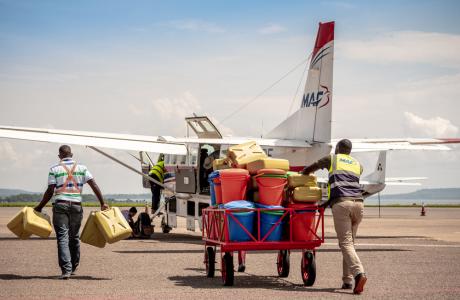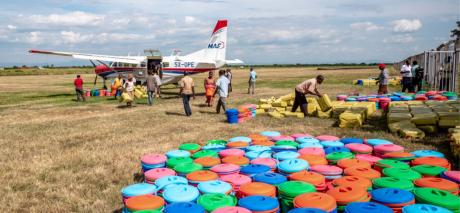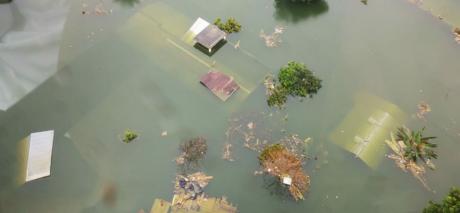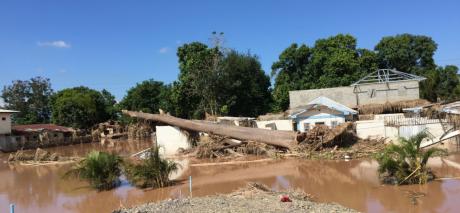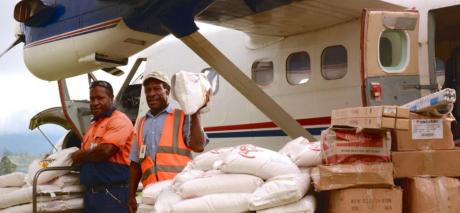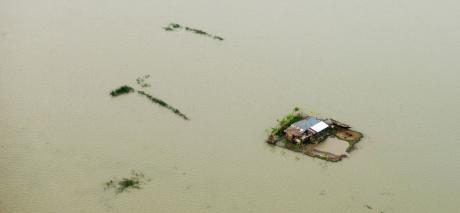MAF’s Disaster Response team assisted Missionary Flights International with relief operations in 2019 following the devastation left by Hurricane Dorian in the Bahamas. The team coordinated the delivery and distribution of relief supplies through a number of key partners on the ground, including the Salvation Army and Rev. Fredrick McAlpine - the Hon. Member of parliament for the Pineridge Constituency, who is also a pastor of a local Baptist church in Freeport.
Rev. McAlpine set up a distribution centre at a local primary school in Freeport and a counselling centre for people who had been traumatised or lost loved ones. Relief efforts were also assisted by members of the armed forces from Trinidad and Tobago.
One of the worst hit areas in Freeport was the Regency neighbourhood, with a population of over 12,000 people. Every house in the entire neighbourhood was severely damaged; residents literally lost everything they did not carry away with them when they were taken to a shelter just before the hurricane hit.
MAF similarly assisted with disaster relief efforts in 2020, partnering with Samaritan’s Purse, following the impact of Hurricane Iota. Our response included survey flights to assess the extent of the damage in Guatemala and Honduras.
